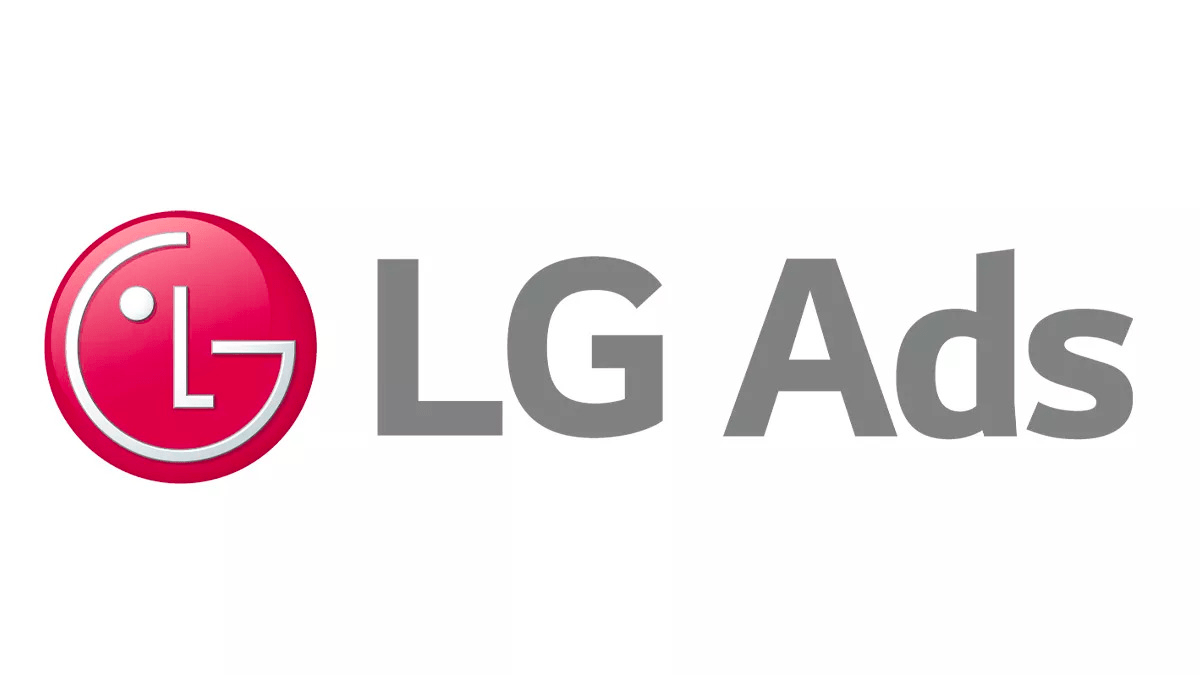This post was originally posted on LinkedIn Pulse by Aditya Bhelande
Before I get started on this post, firstly, I would like to thank all the folks who read the previous post and have some excellent thoughts with me.
With that said, let’s get into this post, which focuses on your first couple of weeks to a month as Programmatic Ad Ops.
Before you begin the adventure of Programmatic Ad Ops, you have to get yourself familiarized with various players, terms and technologies. Here’s a list of useful links that will help you get up to speed with Programmatic landscape and lingo…
Image credit: http://redrocketvc.blogspot.in/2015/09/lesson-214-basics-of-programmatic.html
There are gazillion other links and resources that you can go through. But the ones above should help you in getting started with orientation process. You will also realize why I harped on DATA in part 1 of this blog series, once you see how much there is to read and process in Programmatic.
As you begin your first week in the role as Programmatic Ad Ops, the first thing you have to do is make a quick list of systems (aka partners) that you are working with. The best thing to do in order to get a good view is to make old-fashioned table as shown below:
This table is just a sample and a starting point; feel free to add fields to this table as per your needs.
Once you complete the table then you should get a good understanding of the type and number of partners that you are dealing with. Some of clients use as many as 20 partners with 14-17 partners active at any given point in time! For example, they would use partners that are specific to geos or partners specific to mobile or video or verticals, etc. All of this is in attempt to obviously get the highest possible revenue. From Agencies and ATDs perspective it to get the best engagement, reach and ROI.
One of the key things to do here is what we call as Partner Benchmarking. The purpose of creating Partner Benchmark it to ensure that you are using Partners wisely. Unplanned and reckless use of Partners can lead to the following issue:
- Low fill rate
- Higher latency
- Too many pixels (aka idle listeners)
- Unnecessary exposure to malwares
- Increased brand violations, etc…
Hence, you goal is to understand which partner should be used in what circumstances. This is the beginning of the process of historical data collection. In order to decide the partner you need to have that partner’s historical performance data for your properties and campaigns. You can evaluate partners on one or more of the following attributes:
- Fill rate
- Discrepancy
- Latency
- eCPM
- Transparency (aka Data Depth)
- Rev Share
- Brand and data violations
- Revenue
- Payment terms
- Targeting parameters
- Viewability
- Performance / Engagement
- Pixel policy
- Consistency (Fill, eCPM, other KPIs)
- Customer Support
- Data Access (UI / API / Schedule reports)
- Ad Formats supported
- Channels (Mobile, Video, etc)
- Campaign types (CPM, CPC, CPI, etc)
- Audience
You should be able to call on any partner any time and replace one partner with any others as per your business need.
Next is The Daisy Chain (aka the Waterfall)! This is where things start getting interesting. Daisy chain is basically the order in which your partner will get dibbs on any given impression. For example, you may decide to fulfill your direct deals / campaigns first and then lets other partners bid on the inventory like….
Direct Deals -> Partner 1 -> Partner 2 -> so on…
Digital Marketing Glossary website has a good graphic to that shows this concept.
As programmatic Ad Ops professional, you need to know where and how this waterfall should be used to maximize revenue / reach / engagement. If you don’t then you expose yourself to issues like latency, discrepancy and eventually loss of revenue and in worst-case loss of traffic on your site. In order to get this right daisy chaining right, you have to be able identify which partners perform better in what kind of circumstances using historical performance data. This will help you in optimizing your daisy chain. Now optimizing the waterfall is both art and a science. This we will cover in the next part of the blog series. Also note that in the past year or so there has been a BIG move towards header bidding. But that’s topic for another day. In addition to that, understand all the existing (and impending) tag set up and currently running deals and campaigns. This will ensure that you will be able to take into consideration the existing commitments as and when you transition to Programmatic.
The next key activity is to understand the expectations from various stakeholders. If you are on the Publisher side there more often than not you will be asked for the following KPIs (in the form of report):
- Revenue and profitability trend (Daily / weekly / monthly / quarterly)
- eCPM trends by geo, ad size and other targeting parameters (Hourly / Daily / weekly / monthly / quarterly)
- Partner Fill rate trends (Hourly / Daily / weekly / monthly / quarterly)
- Top Buyers (where ever available) trends (weekly / monthly / quarterly)
- Floor Price Optimization (weekly)
- Partner Benchmarking (monthly)
If you are using Programmatic for Buying inventory as a Agency / advertiser then you may be asked for the following KPIs:
- Supply trend (Weekly / Monthly / Quarterly)
- Floor Price Optimization (weekly)
- Partner Payouts (monthly)
- Partner Scorecard / Benchmarking (monthly)
- Reach, Engagement and Performance (Weekly / Monthly / Quarterly)
You have to understand how the report are generated and shared with the key stakeholders. Here are some of the aspects that you have to take into consideration for each of the reports:
- Who uses these report and why?
- What kinds of business decisions are being made on these reports?
- What would happen if the reports are delayed or if the data is off?
- How long does it take to generate each of these reports?
- What questions is the user trying to get answers to from the report?
- What issues / opportunities are readers trying to identify?
In addition to this you have to make a list of key challenges that operations folks are facing in the current environment. Challenges faced can come from a variety of aspects:
- Tagging of sites
- Setting up of Programmatic partners
- Ad rendering issues,
- Ad quality issues
- Reporting issues
- Latency issues
- Discrepancy issues
- Advertising issues
We will take a break here and continue in the next blog, cause at this point you might feel like you are drinking from fire hose…




 Talk to a Media ERP Specialist
Talk to a Media ERP Specialist



















